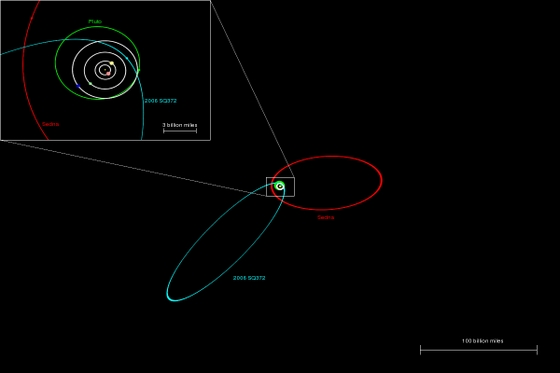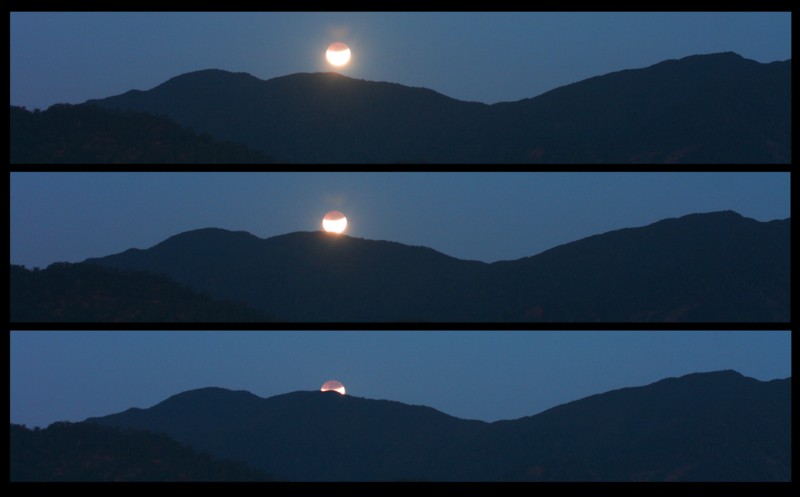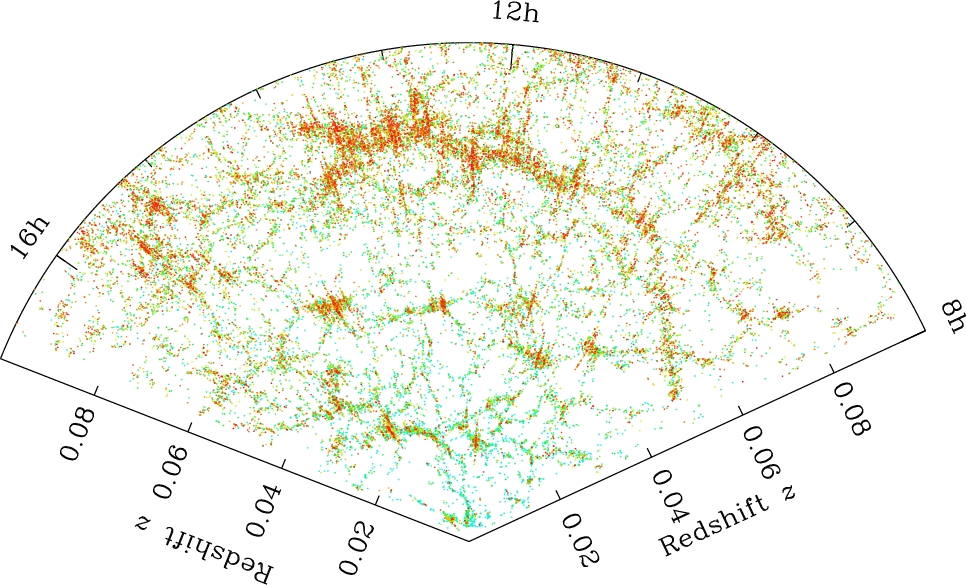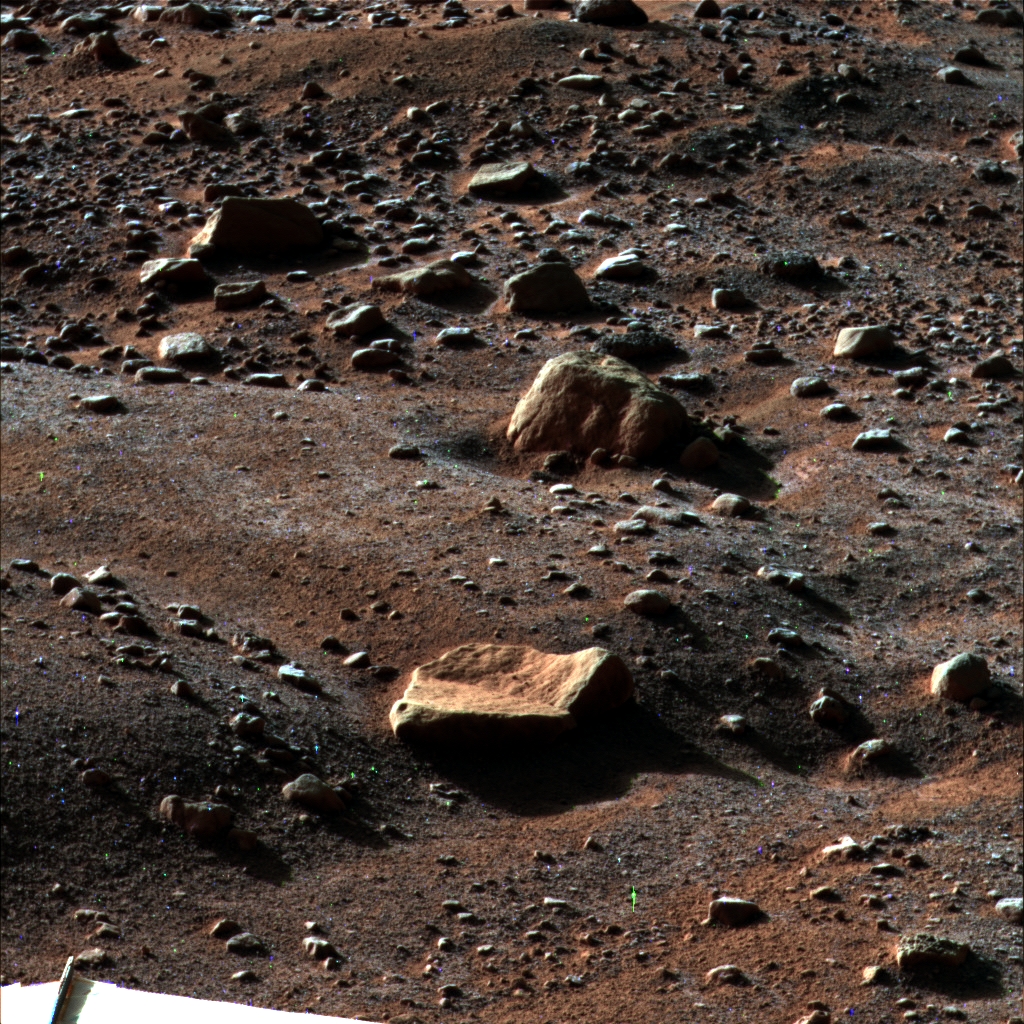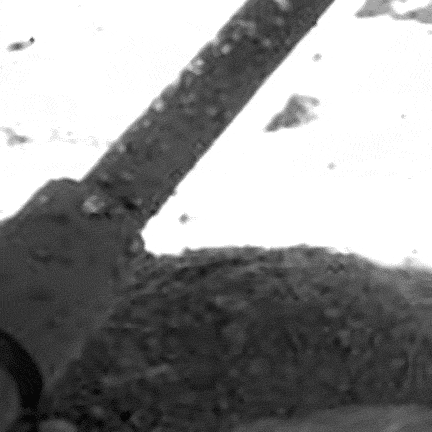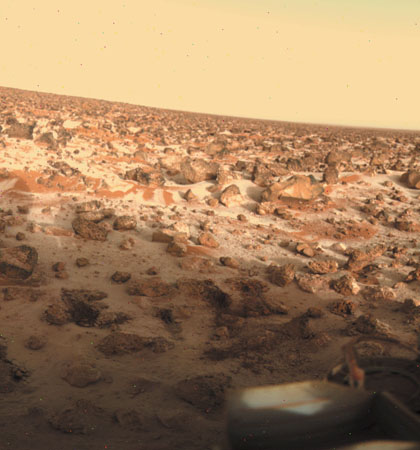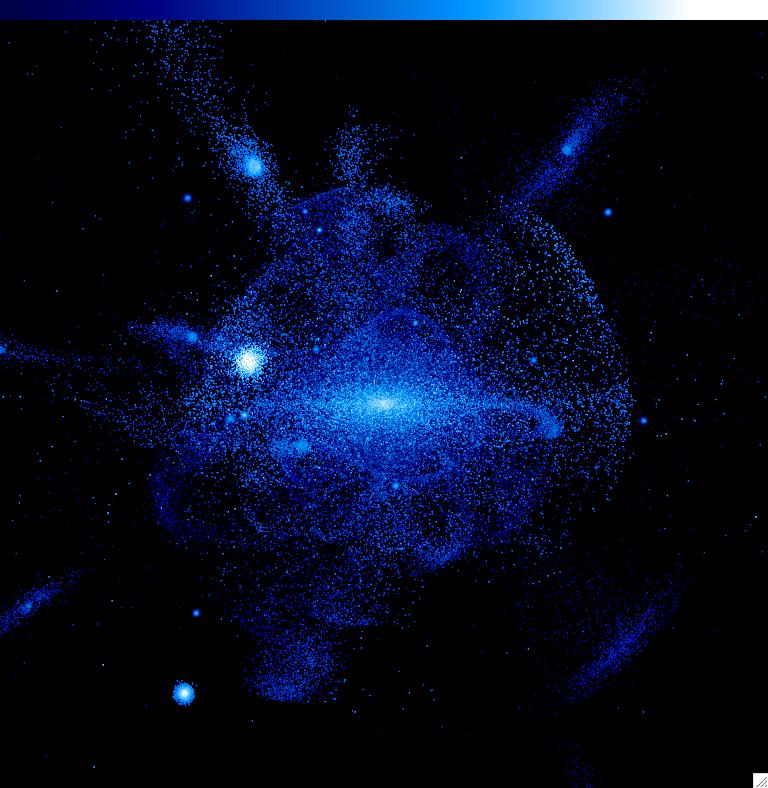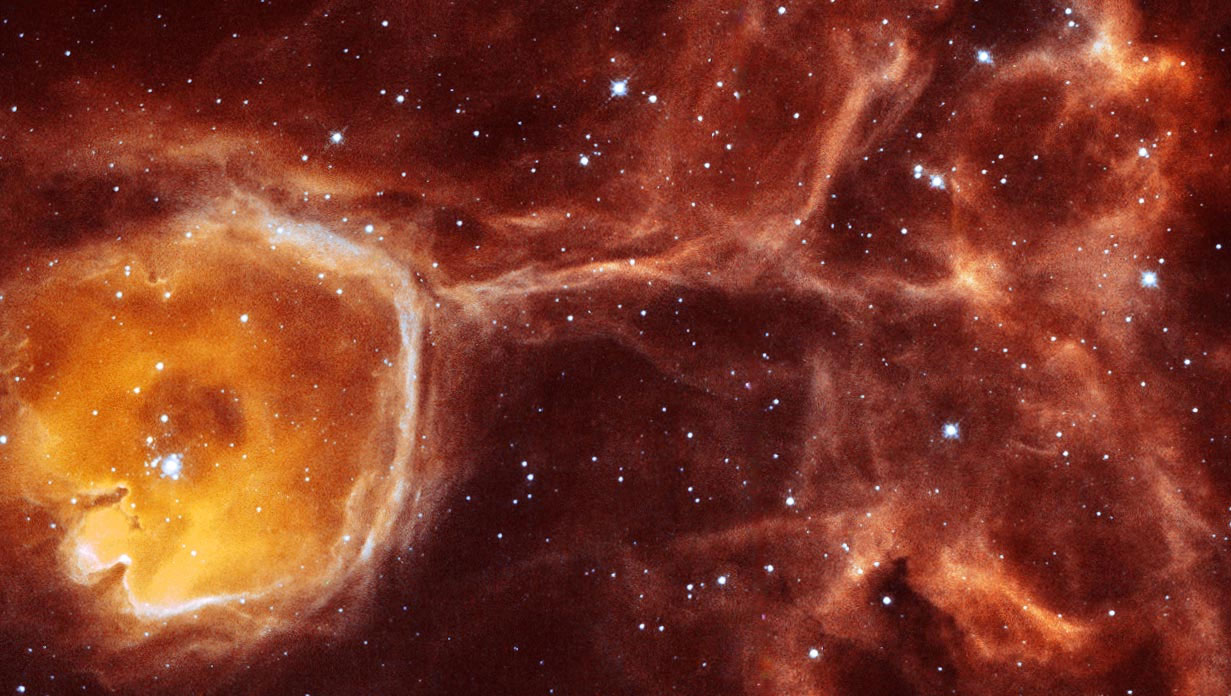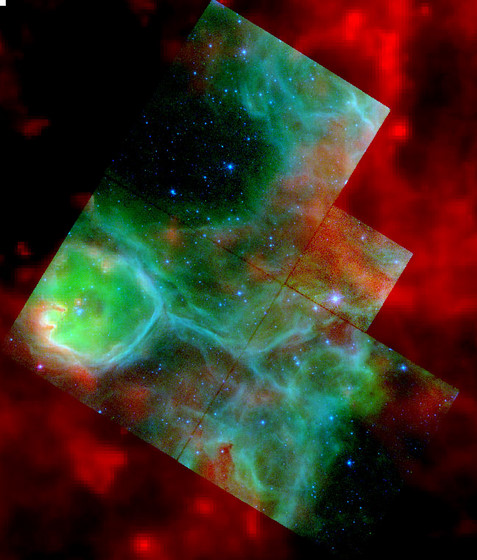[/caption]
Remember a few months ago when “space” seemed to be a non-issue for the candidates in this year’s US presidential election? But now space seems to be a hot topic. John McCain was in Florida today where he met with 20 leaders from the space industry for a roundtable discussion, and Barack Obama was in Florida last week, to stump for votes. Perhaps both candidates are recalling the 2000 presidential election that hinged on the Florida vote. Hanging chads aside, an important issue in Florida these days is the projected job losses that will be incurred in the gap after the space shuttle is retired in 2010 and before the Constellation program makes its first flights in about 2015, and both candidates have met with members of NASA’s workforce and other NASA officials to discuss this issue. Also, both McCain and Obama recently updated their positions on their space-related agendas on their websites, with both devoting quite a bit of “space” to space.
If you’re still undecided, or haven’t seen the candidate’s latest views on space, take a look at Barack Obama’s position paper on space and John McCain’s space policy statement. If that’s too much reading for you, the folks at Florida Today.com have outlined the major points of each candidate’s space policies:
• Major points of Obama’s space policy:
1. Re-enacting the National Aeronautics and Space Council to oversee and coordinate the civilian, commercial and military space programs and report to the president.
2. Closing the gap between the retirement of the Space Shuttle and the introduction of its successor through adding another Shuttle flight, accelerating the development of the next generation vehicle, and working with the industry to retain our workforce and technical capabilities.
3. Completing and enhancing the International Space Station so it can host the innovative scientific and technological research projects it was intended to facilitate.
4. Embracing human and robotic space exploration with a goal of sending human missions to the Moon by 2020, as a precursor in an orderly progression to missions to more distant destinations, including Mars.
5. Emphasizing NASA’s research function to study climate change and advance aeronautics research.
6. Expanding public/private partnerships to develop cutting-edge technologies.
7. Inspiring the next generation through expanded education programs.
Major points of McCain’s space policy:
1. Ensure that space exploration is top priority and that the U.S. remains a leader.
2. Commit to funding the NASA Constellation program to ensure it has the resources it needs to begin a new era of human space exploration.
3. Review and explore all options to ensure U.S. access to space by minimizing the gap between the termination of the Space Shuttle and the availability of its replacement vehicle.
4. Ensure the national space workforce is maintained and fully utilized; Complete construction of the ISS National Laboratory.
5. Seek to maximize the research capability and commercialization possibilities of the ISS National Laboratory.
6. Maintain infrastructure investments in Earth-monitoring satellites and support systems.
a. Seek to maintain the nation’s space infrastructure.
7. Prevent wasteful earmarks from diverting precious resources from critical scientific research.
8. Ensure adequate investments in aeronautics research.
News Sources: Florida Today



